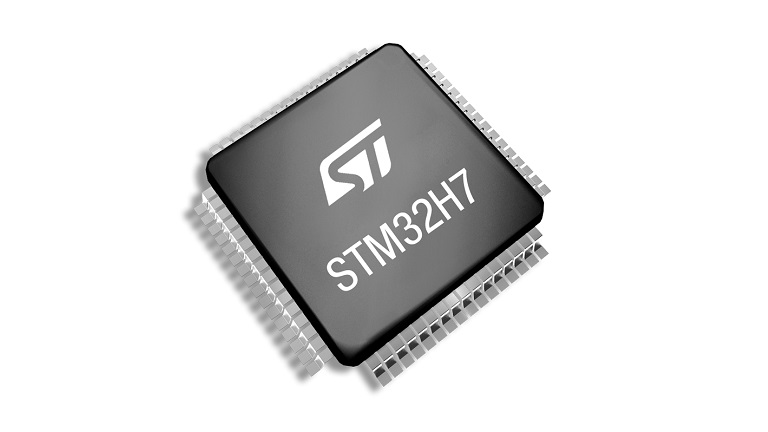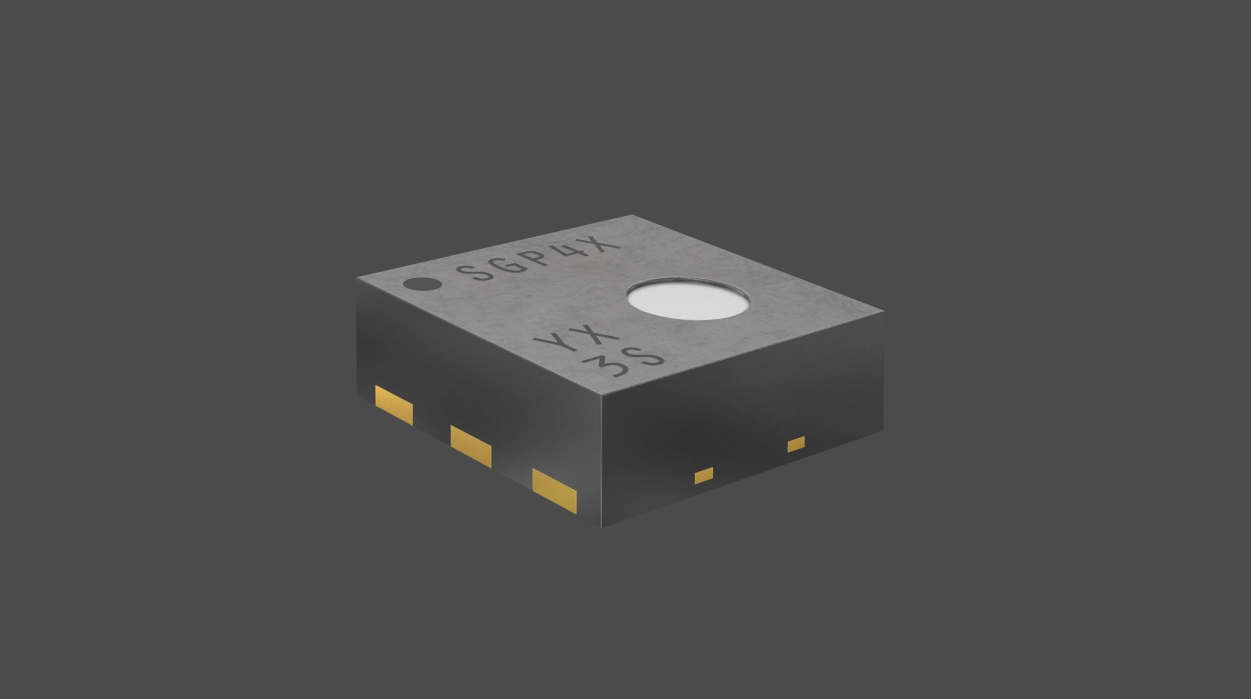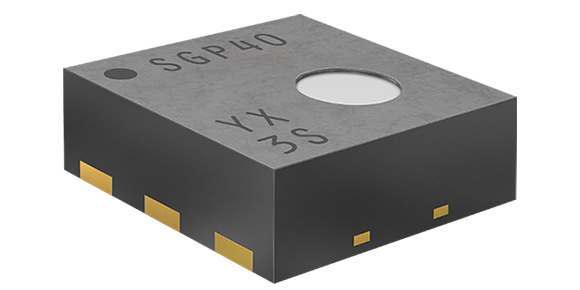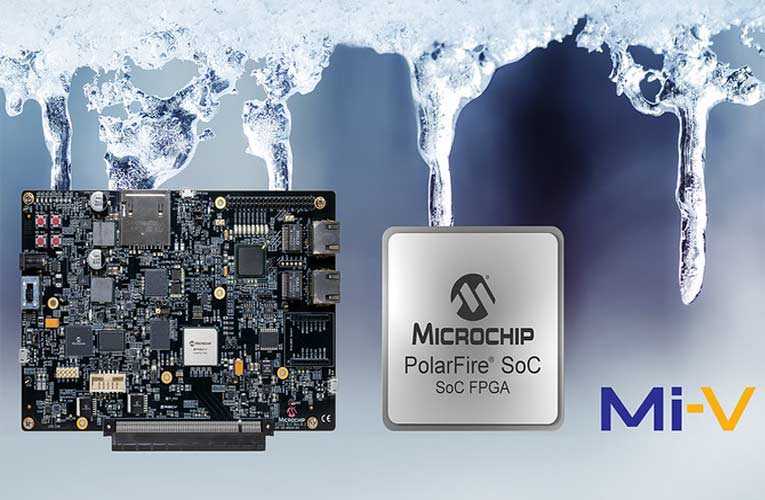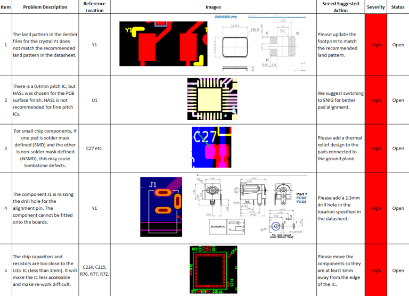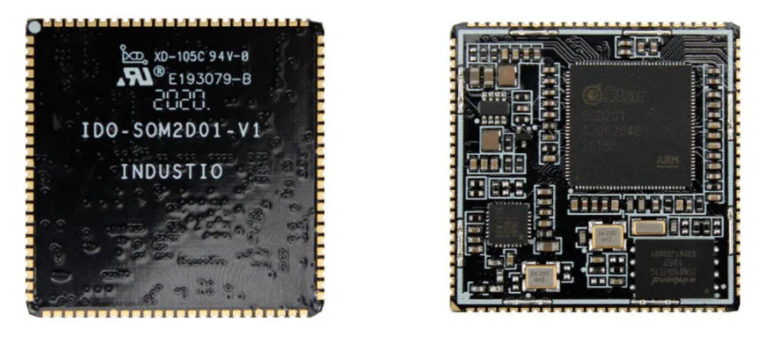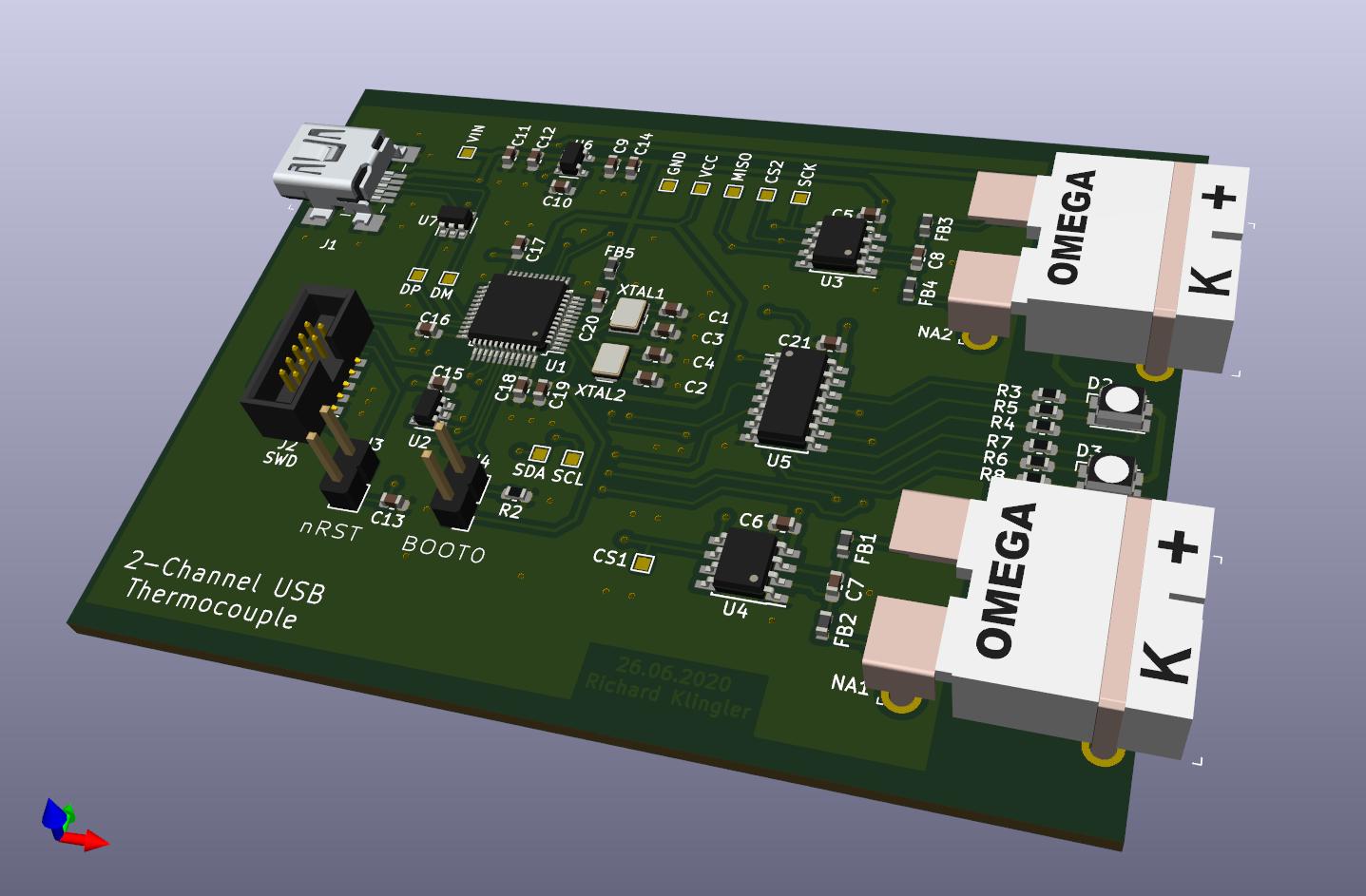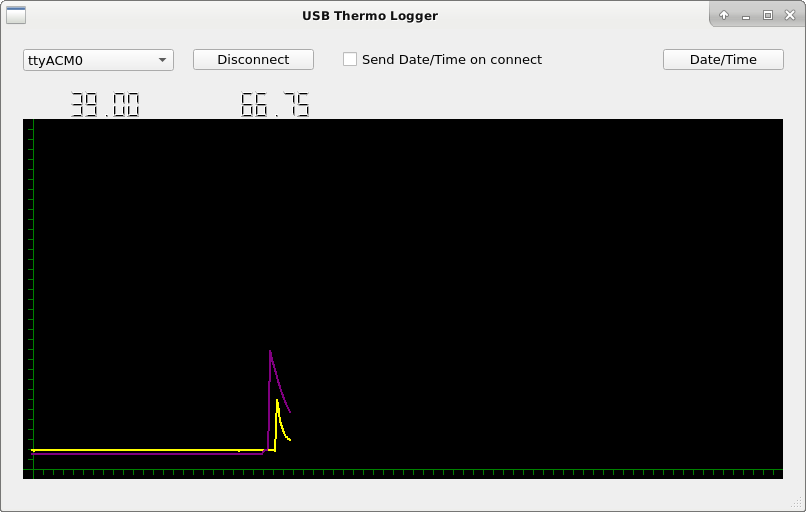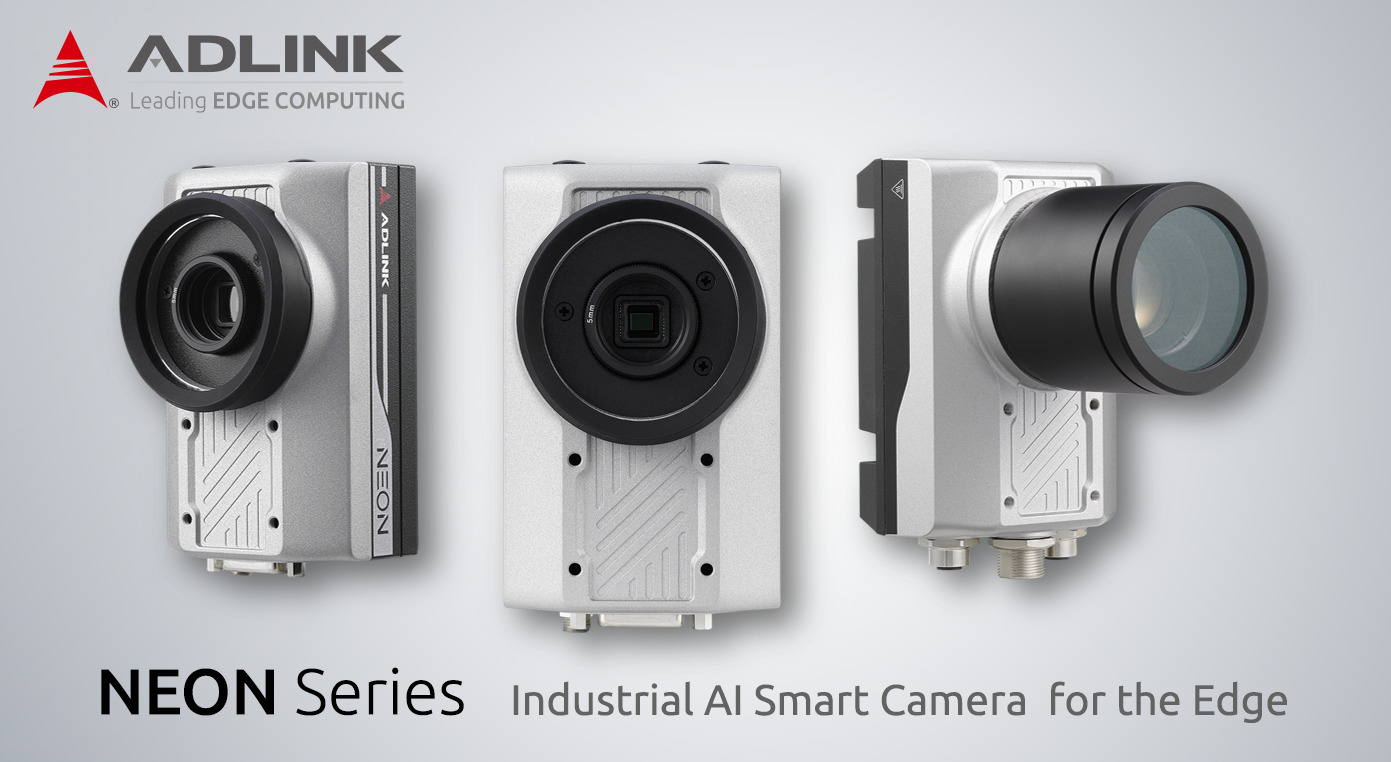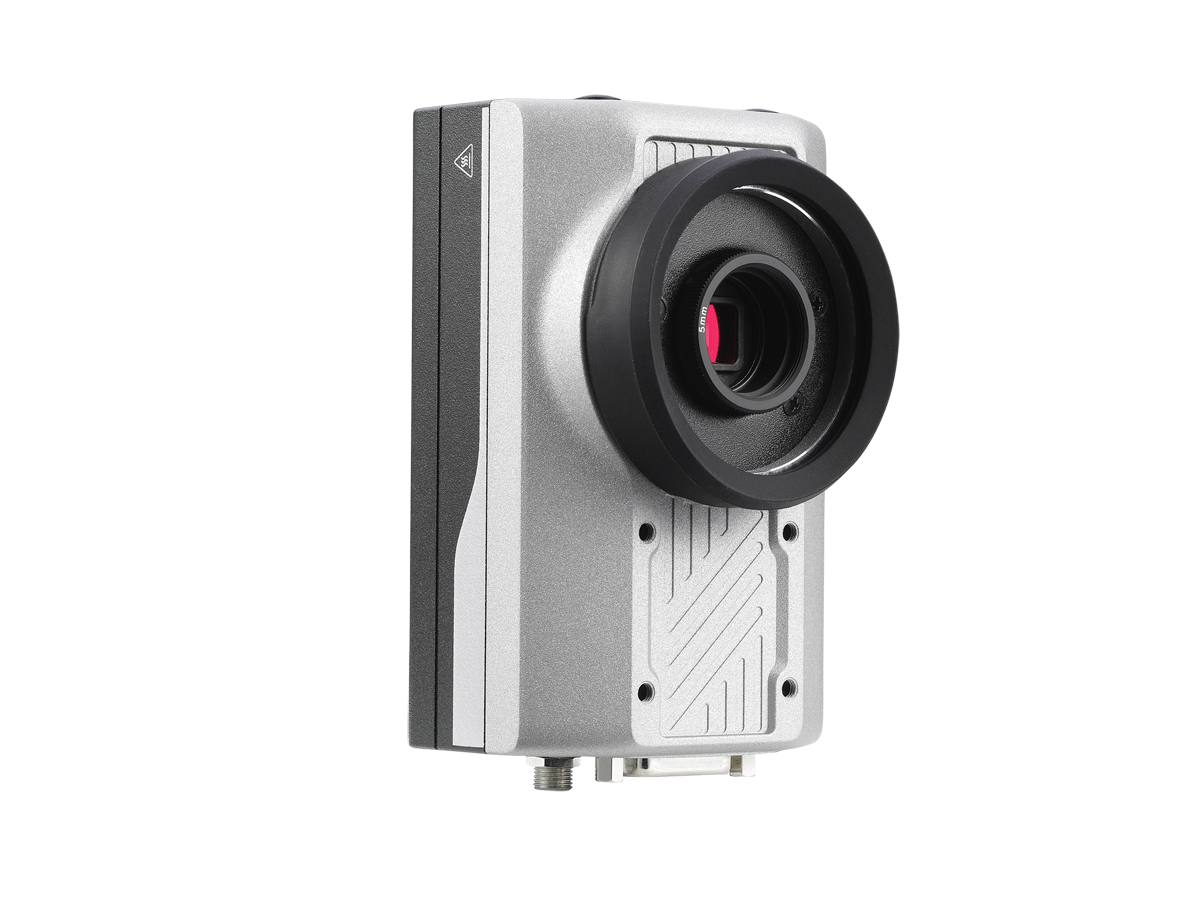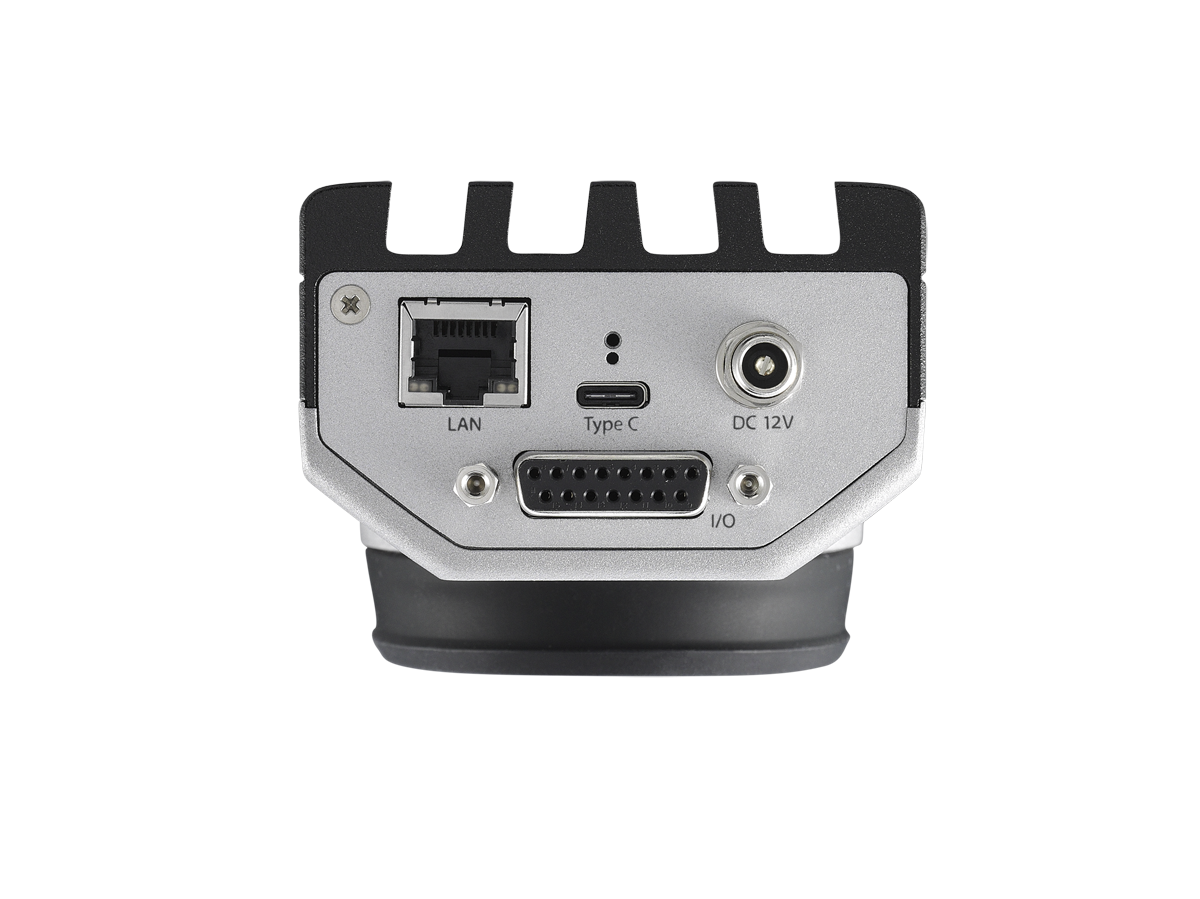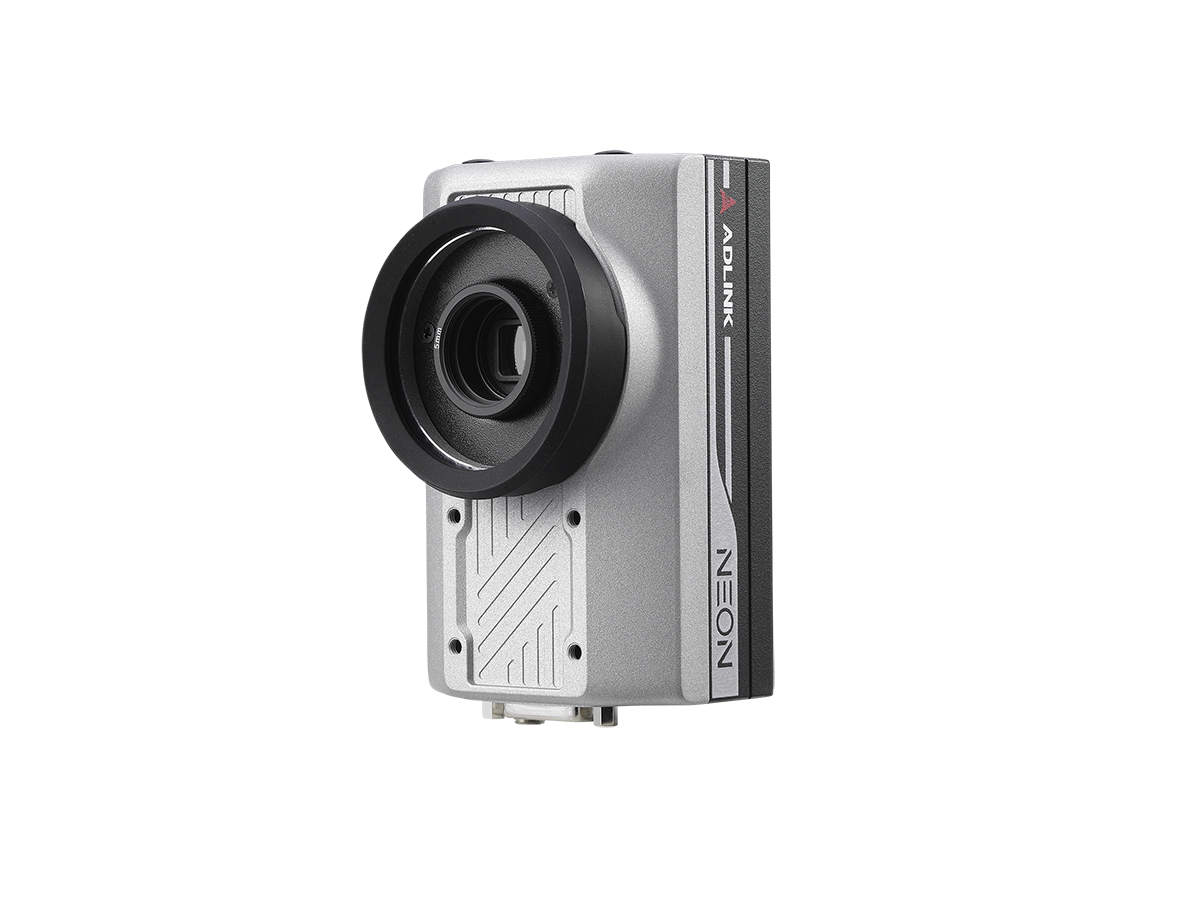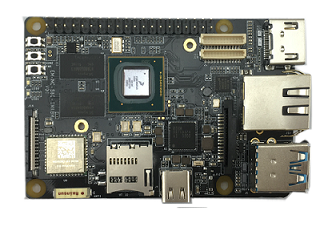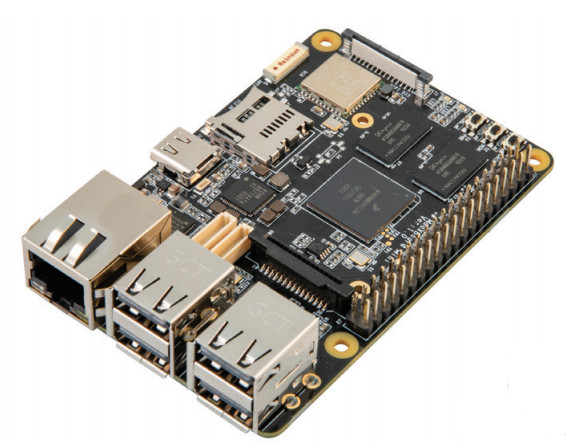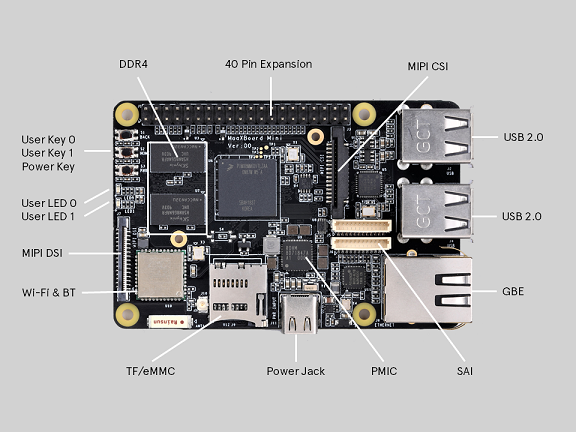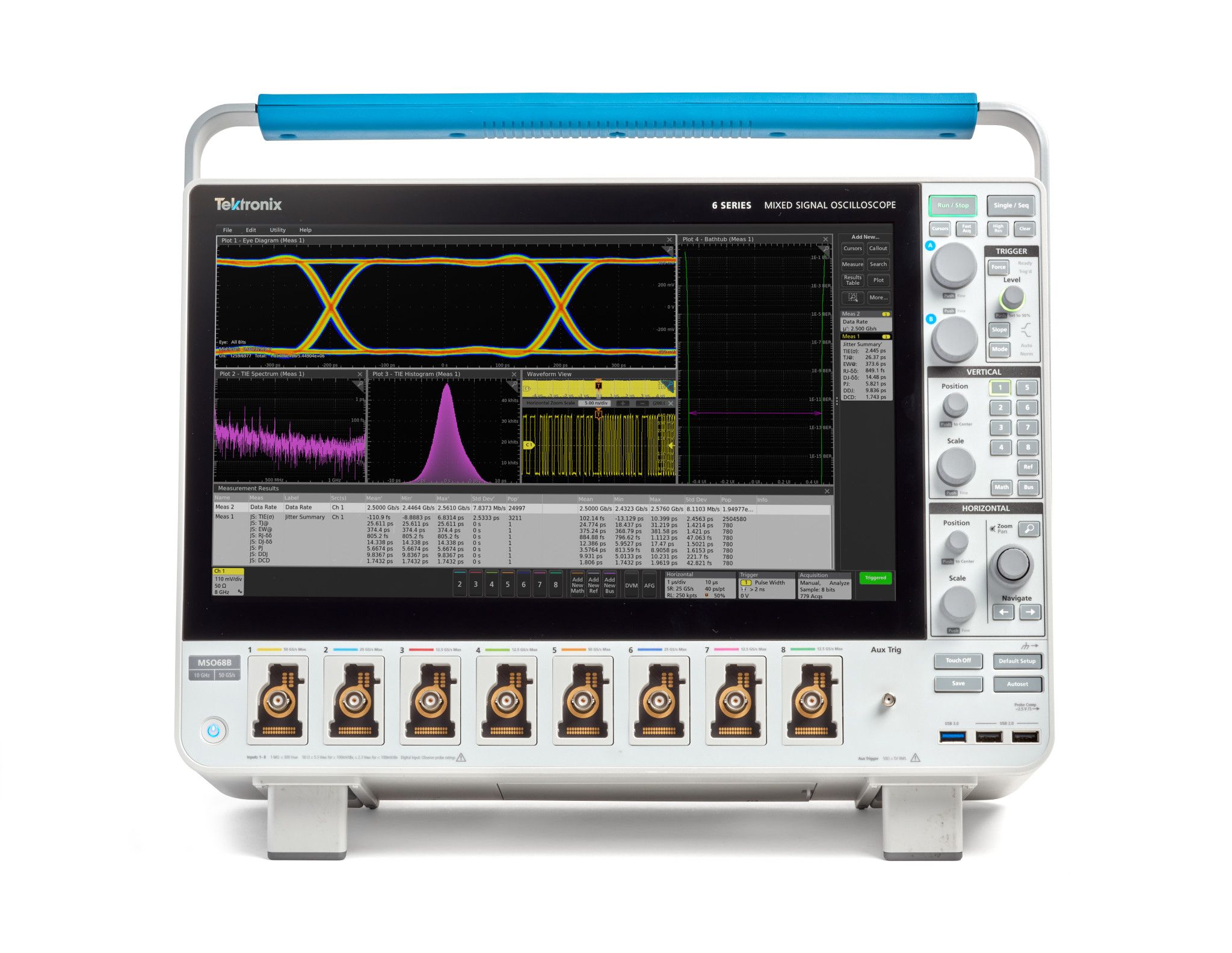
Tektronix, Inc. announced the availability of the new 6 Series B Mixed Signal Oscilloscope (MSO) which extends the performance threshold of the Tektronix Mainstream Oscilloscopes Portfolio to 10 GHz and 50 GS/sec. Developed to meet the demand for high-speed data movement and processing in embedded designs, the enhanced 6 Series B MSO offers leading signal fidelity with12-bit ADCs and extremely low noise, 10 GHz bandwidth and up to 8 FlexChannel™ inputs, enabling users to confidently analyze and debug today’s embedded systems while enjoying exceptional ease of use. Alongside the 6 Series B MSO, Tektronix is also introducing the new TDP7710 TriMode™ Probe, which extends the line of TriMode™ probes to match the advancements of the new oscilloscope.
“At Tektronix, we are dedicated to providing high-performing test and measurement equipment that meets the growing industry need for a precise balance of speed and accuracy,” says Chris Witt, vice president and general manager at Tektronix. “Embedded designs are growing more sophisticated by incorporating additional sensors that generate increasing amounts of data. This instrument addresses the new requirements of testing these systems to advance video, motion and 3D sensing technologies.”
The new 6 Series B MSO goes beyond the expected, allowing top manufacturers to bring cutting-edge and higher performance products to industrial, medical, consumer, and computer markets. Beautifully designed, this instrument is poised for higher-speed embedded designs, demanding mixed-signal design troubleshooting, and accelerating serial bus speeds. The 6 Series B MSO is also highly-effective for diverse applications in semiconductors, power integrity, automotive, defense, aerospace, research, and beyond.
Exceptional Measurement Confidence
The 6 Series B MSO offers a superior combination of bandwidth, sample rate, vertical resolution, low noise and high ENOB, providing exceptional measurements and confidence. With up to 10 GHz of fully-upgradable bandwidth and up to 50 GS/s sample rate, users have better visibility of signals in high-performance designs. This instrument delivers industry-leading signal fidelity, contributing less than 51.1 µV of noise at 1 mV/div and 1 GHz, and less than 1.39mV of noise at 50 mV/div and 10 GHz. The 6 Series B MSO is the industry’s first oscilloscope with bandwidth more than 2 GHz to offer 4, 6 or 8 channels. Each FlexChannel™ input can be converted into 8 digital channels using a TLP058 Logic Probe for added visibility.
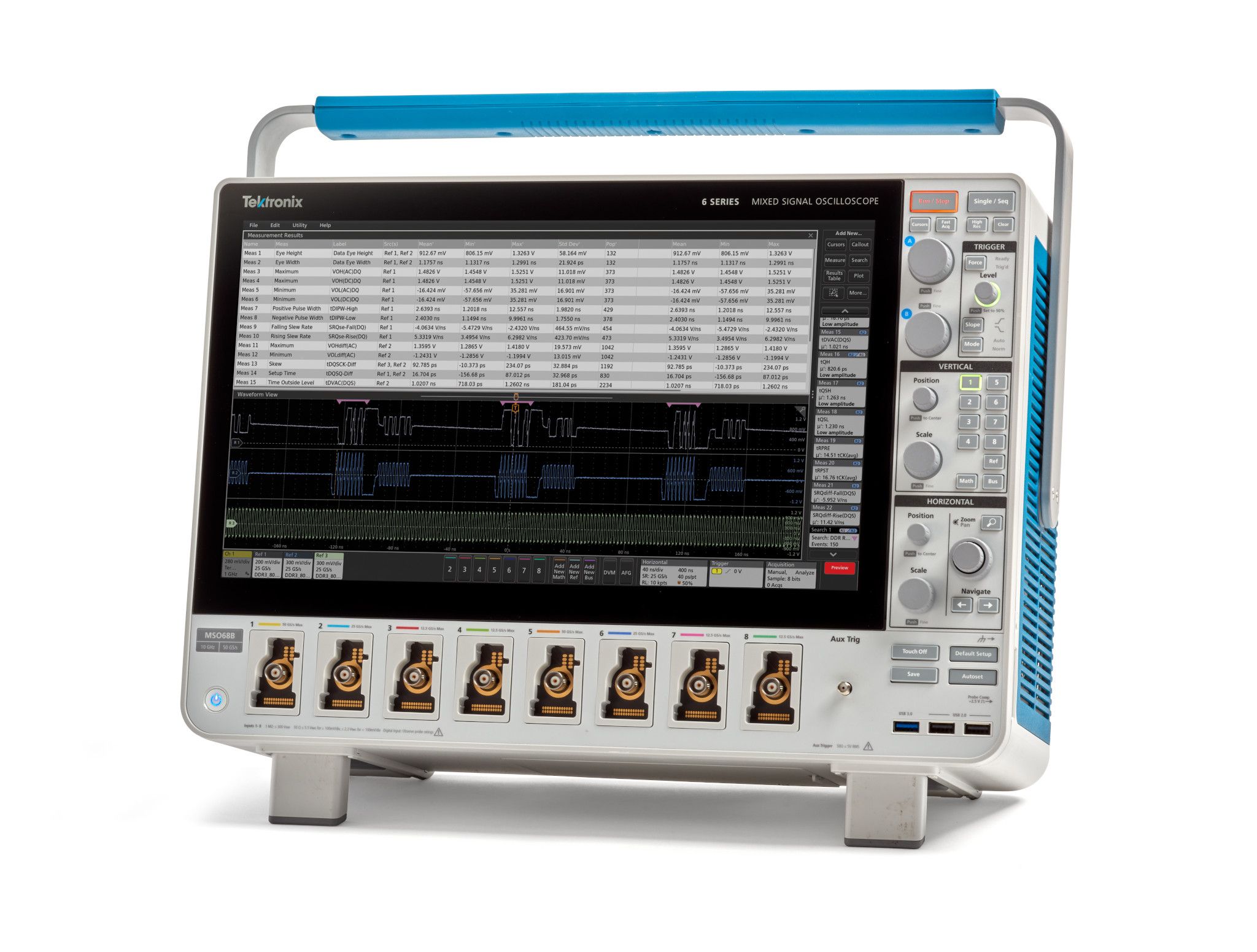
Premier Analysis
The 6 Series B MSO offers a range of options to streamline protocol decoding, compliance testing for serial standards, jitter analysis, and power analysis. Built-in digital down converters (DDCs) behind every channel enable multi-channel spectrum analysis, and spectrum measurements are synchronized with time domain waveforms to enable correlation between RF and time events.
Outstanding User Experience
The 6 Series B MSO’s responsive 15.6 inch HD capacitive pinch-zoom-swipe touch display is the industry’s largest, providing an intuitive drag and drop, object-oriented user interface. This series expansion includes the world’s first 10 GHz oscilloscope that is capable of switching between Windows 10 and closed operating systems, without loss of performance or ease-of-use. The 6 Series B MSO contains a removable SSD; which, along with optional security licenses, enables use of the oscilloscope in secure environments by minimizing cybersecurity threats. The TekVPI™ probe interface, known for versatility and ease-of-use, communicates seamlessly with a wide range of probes, to simplify setup and reduce errors, furthering an outstanding user experience for engineers. The new TDP7710 TriMode Probe is a perfect example, with 10 GHz bandwidth and the ability to switch from making differential to common mode to single-ended measurements, without having to reconnect the probe.


